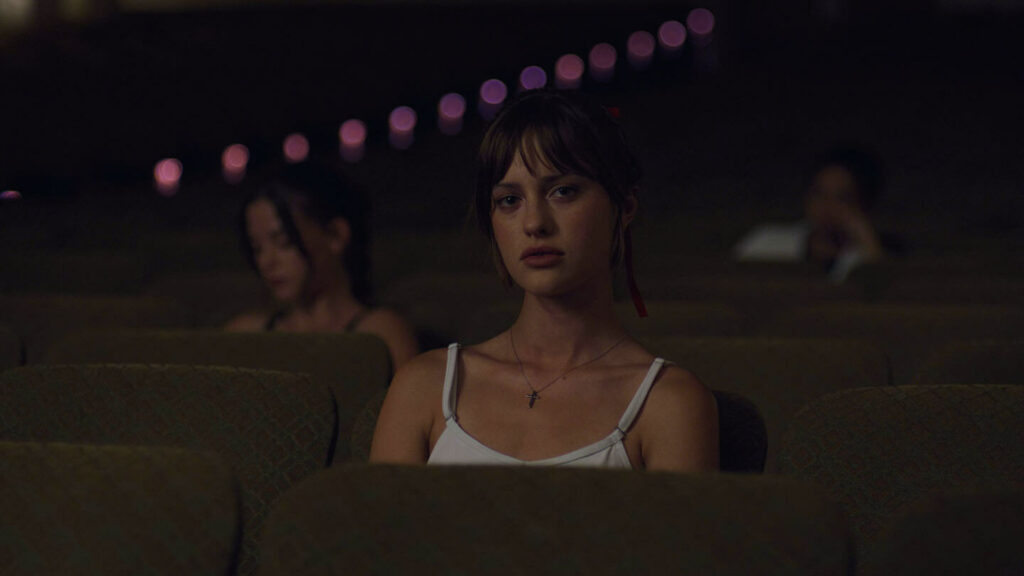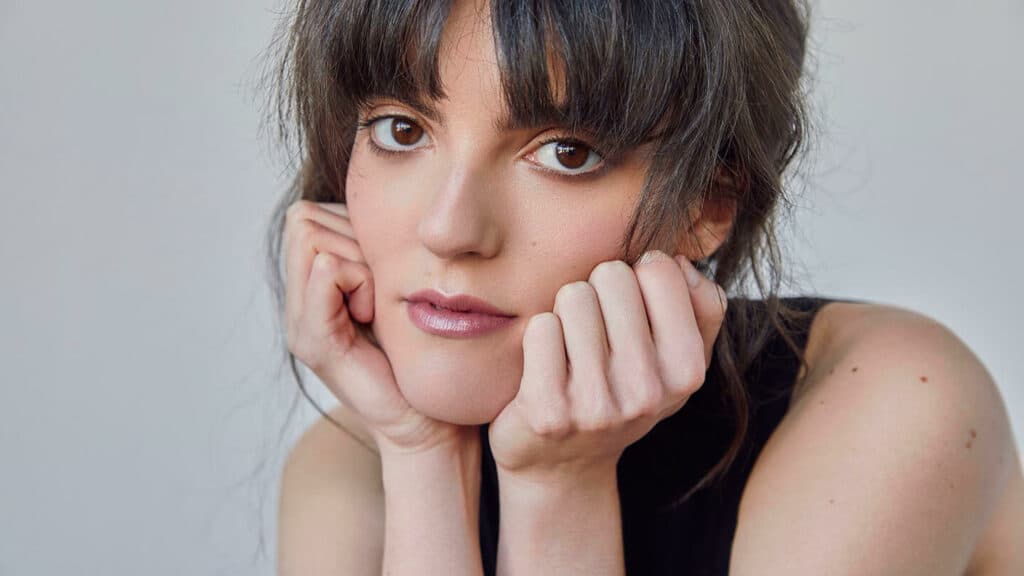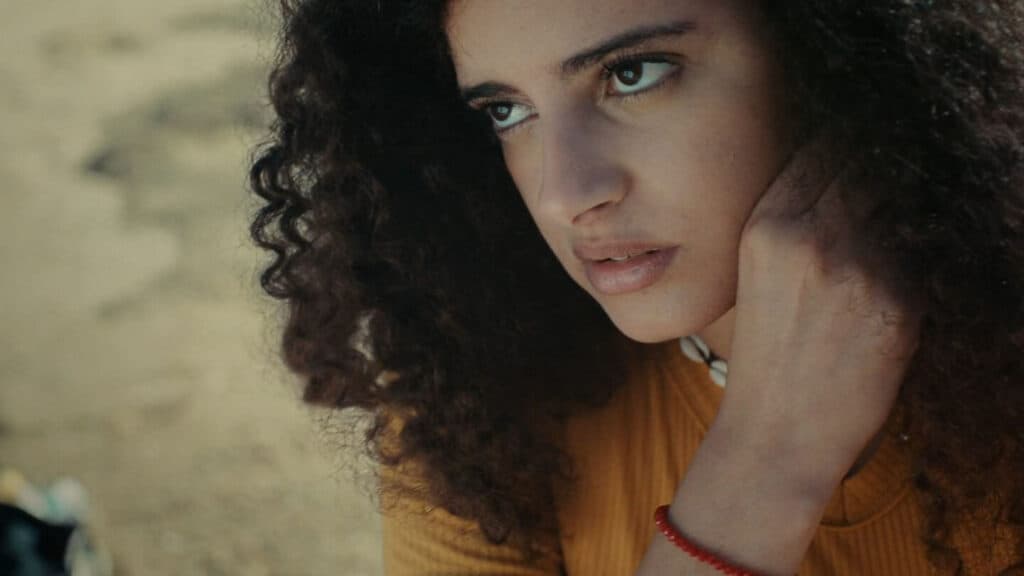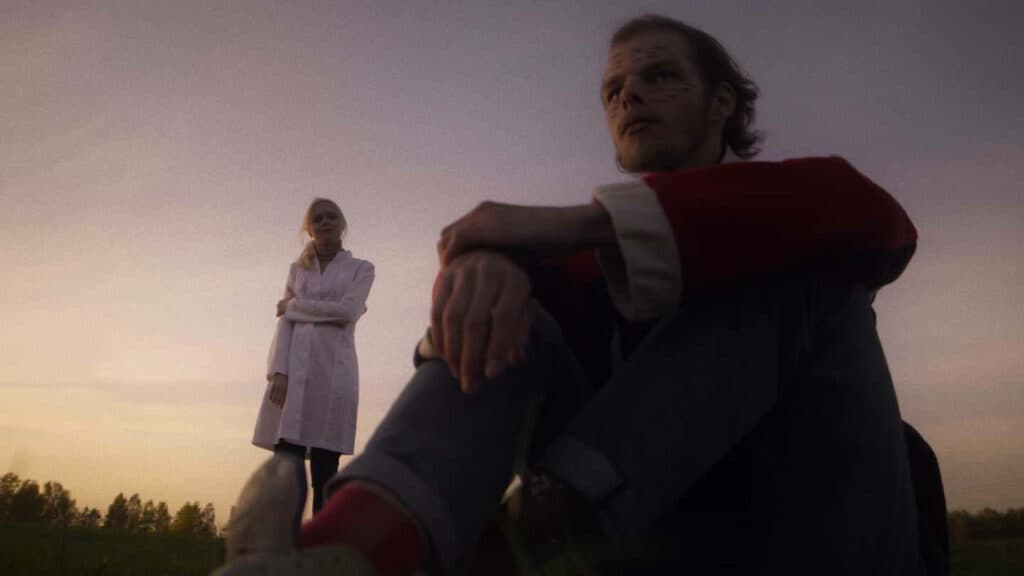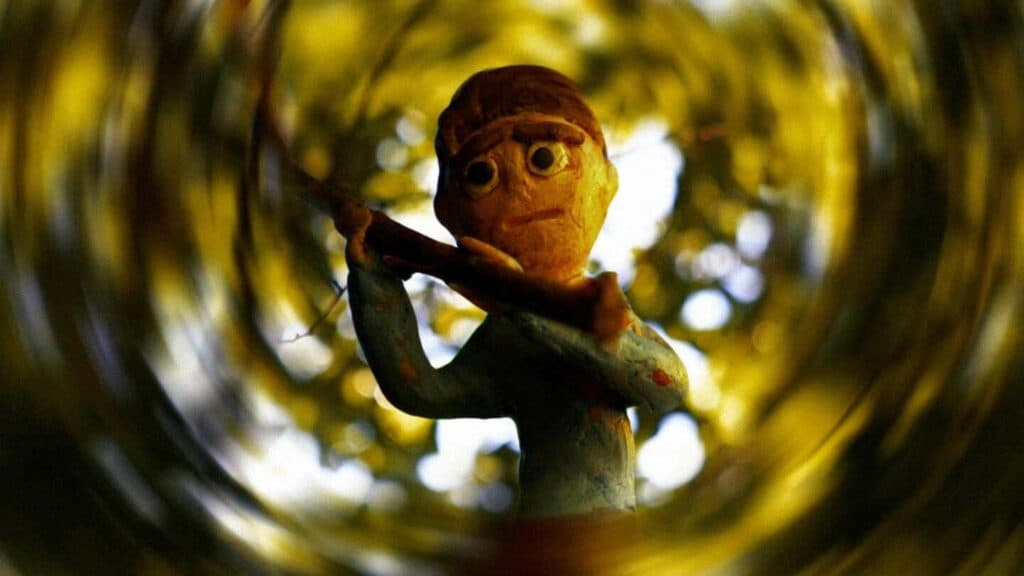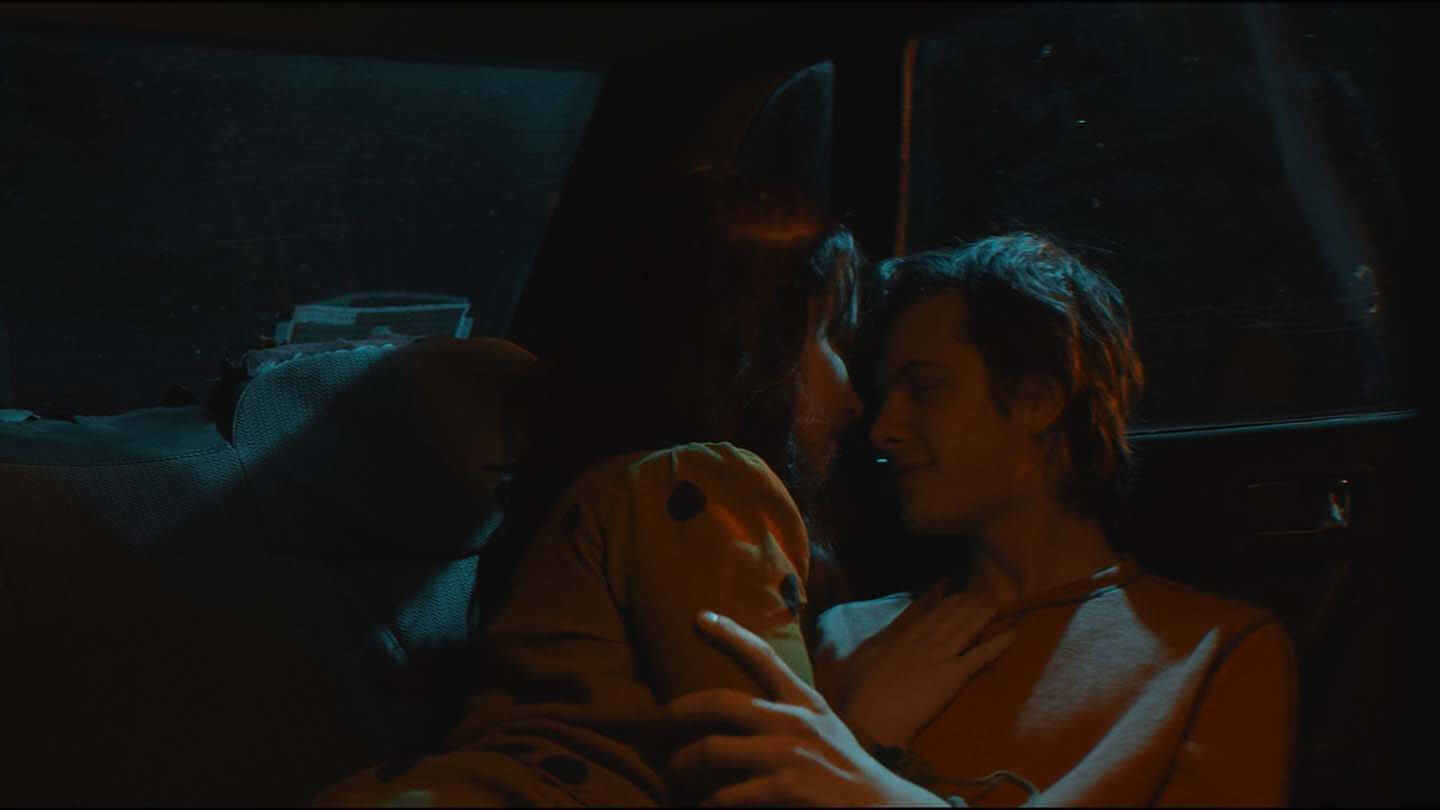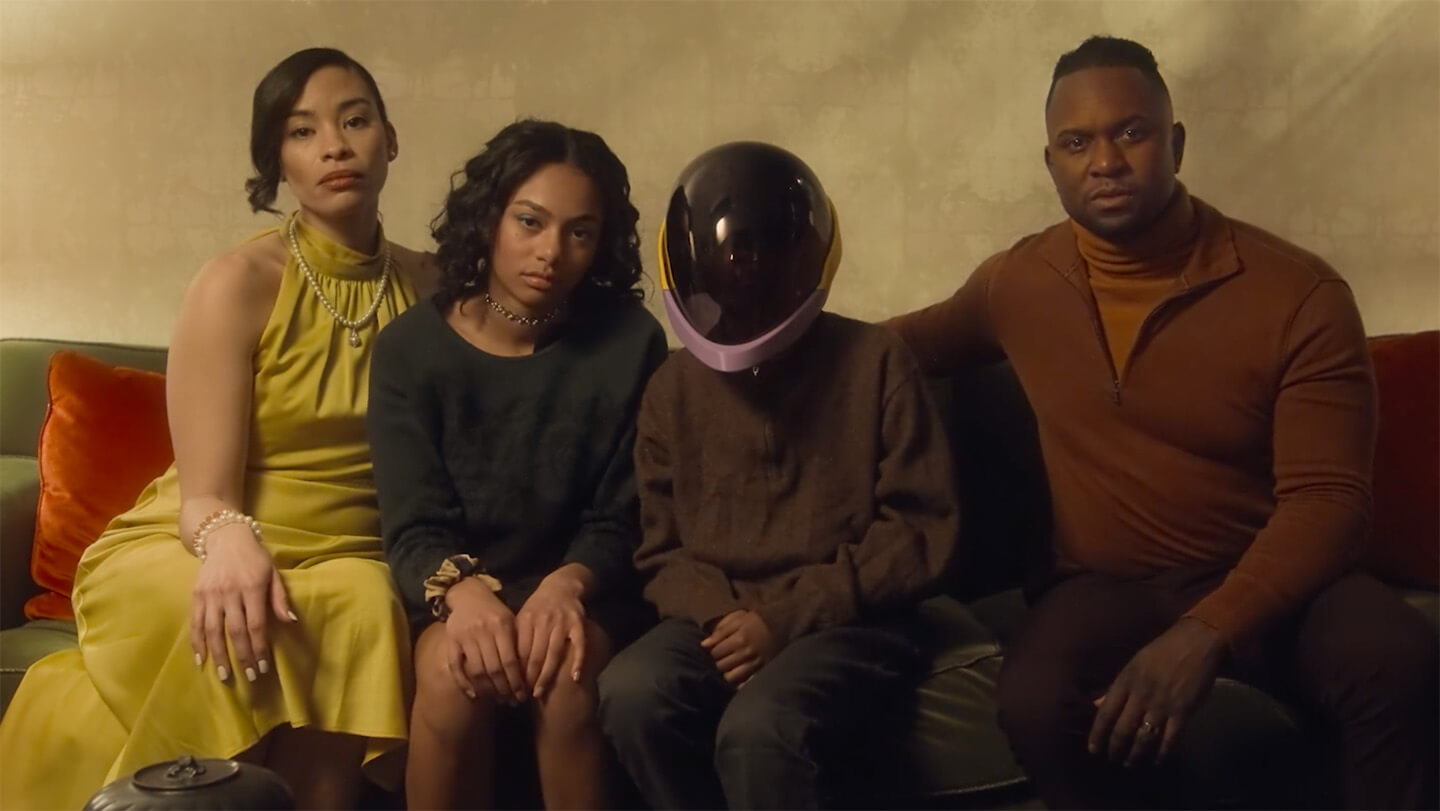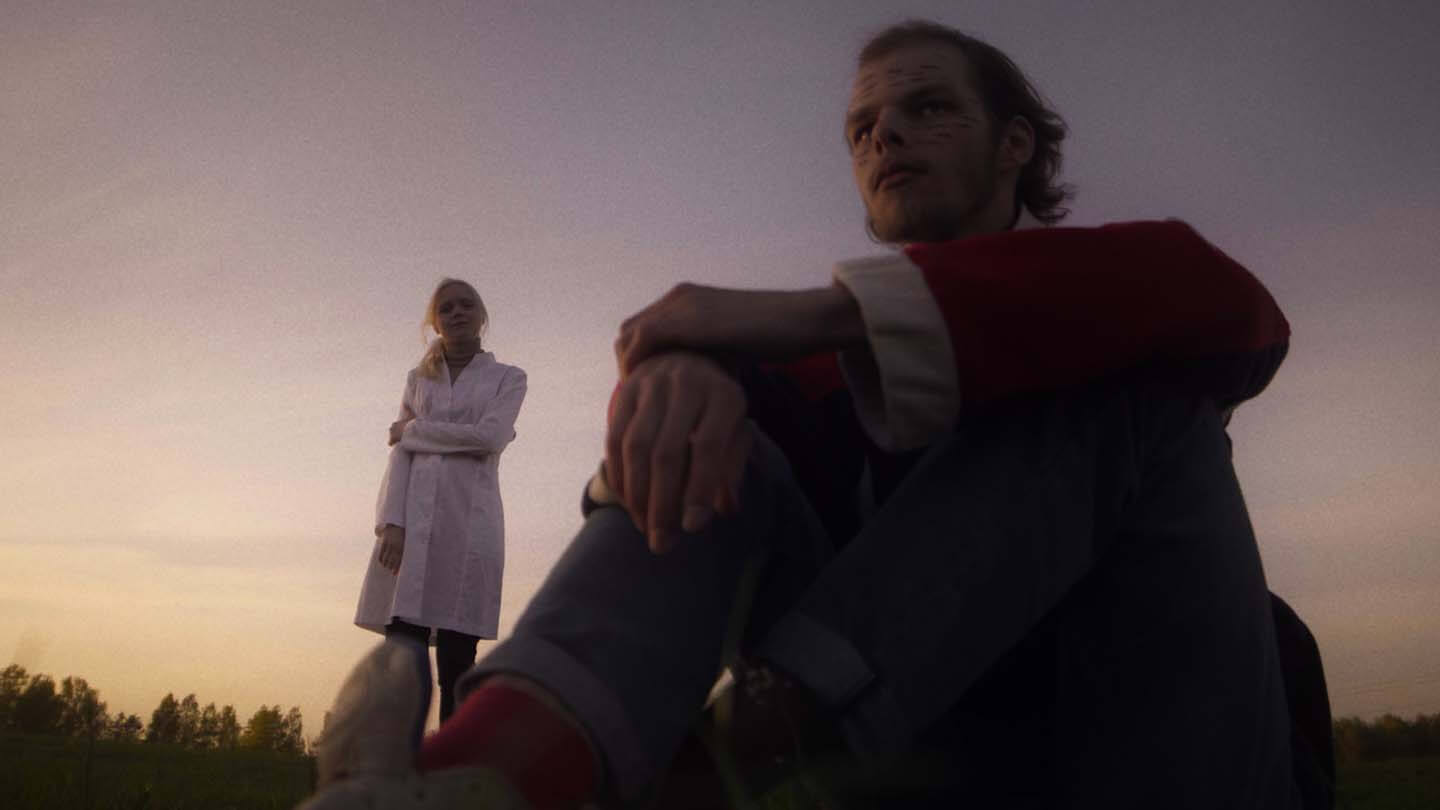Federica Avagliano’s 15-minute vampire horror La Petite Mort will inevitably remind you of Black Swan—and not only because they are both films with ballerina protagonists grappling with the uncharted territory of their own messy, uncontainable feelings.
In the relatively short window of time in which the viewer is given a glimpse into her life, Jezebel (Valentina Bilbao) is haunted by flashes of some hazy evening, made of a cemetery, and two writhing and grasping bodies. They come unbidden and disappear just as abruptly. Clearly, we have caught her at a bad time and it gets progressively worse: her body is rotting. Not quite the typical vampire content, Jezebel’s vampirism is more akin to zombiehood, in that it is gross and visceral, and there is nary a drop of fresh blood in sight (when it does arrive, the colour cannot shake off its brown staleness). There is a bit of licking and slurping eventually, and the consumption looks a lot like desire ran into menstruation, but we will let you see it for yourself.
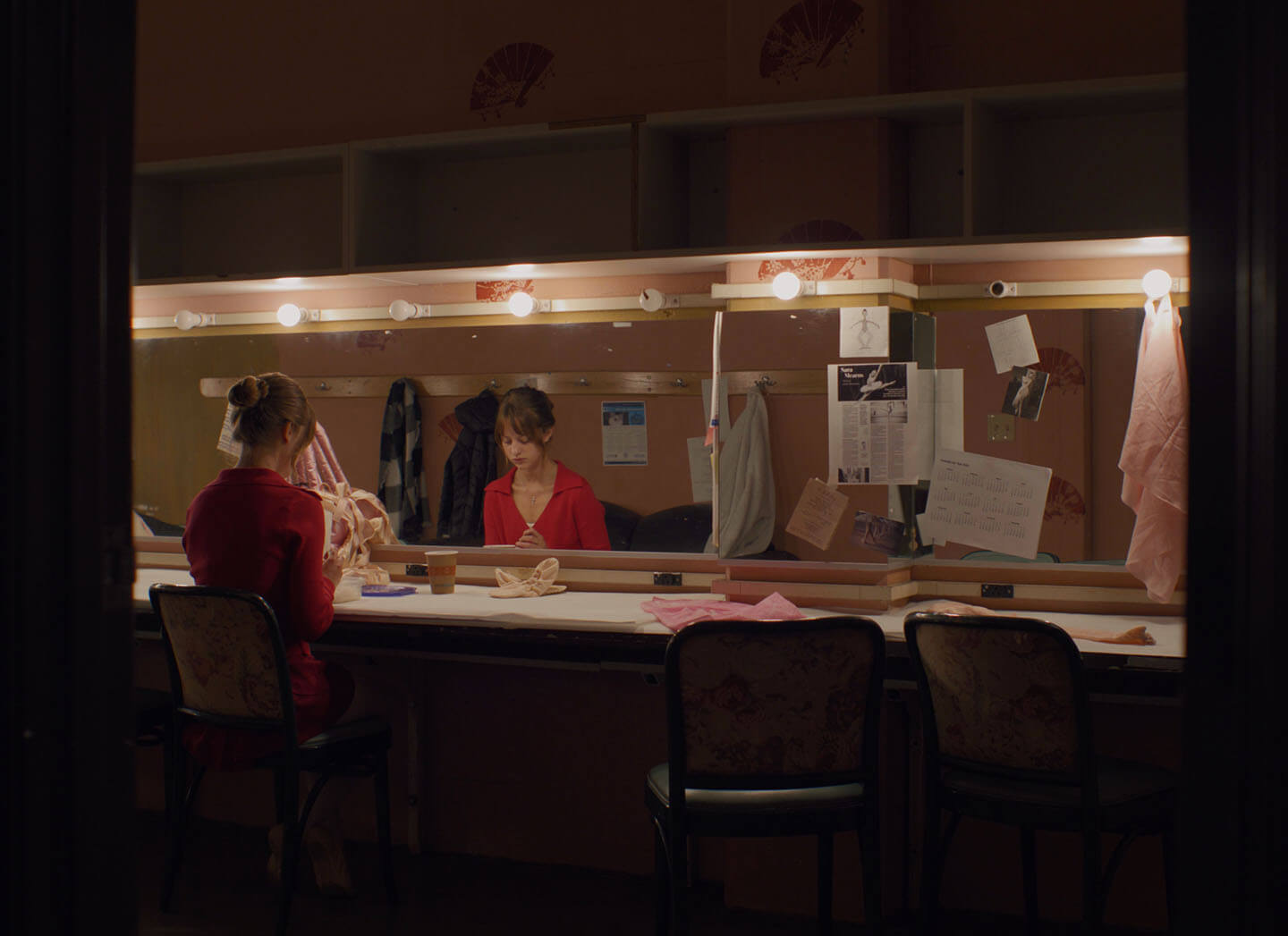
Perhaps the clearest reference to Black Swan is in a single shot about halfway into the film: in an almost identical framing, her friend and colleague (and object of desire), Angelica walks onto the floor while Jezebel is stretching, bringing news of a missing colleague. It is hard not to see Lily. Unlike Nina Sayers, though, there is no (corporeal) mother to crowd Jezebel’s lonely home, but the memory and legacy of her mother lives on in her name (given as a cautionary reminder of what happens to sinful women) and the religious miscellany that dot her prettily feminine bedroom—religion is one of the film’s preoccupations.
There are interesting, pertinent themes within the film, and some solid artistry involved, but what staggers it is its ambitious attempt to pack in what should be a feature length story into one-sixth of that time. The result is a lamentably brief film, more akin to a hopeful proof-of-concept than a standalone work.
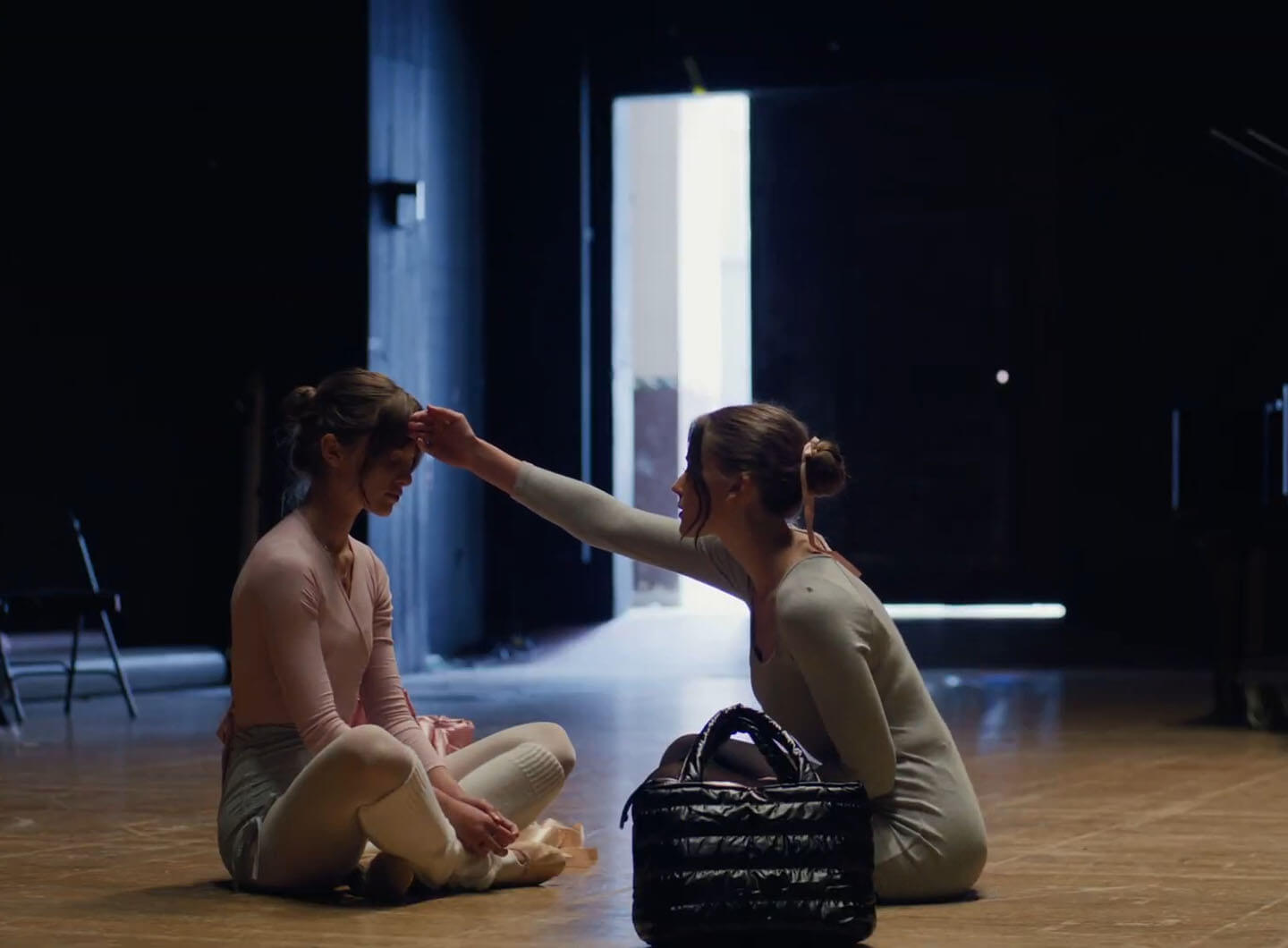
The thrust of the film, if nothing else made it obvious, is not so much vampirism itself, but the horror and weight of femalehood. Jezebel’s home is lonely and it is dark, but dark not as in monsters lurk in the shadows, but as in there was no one to draw the curtains or switch on the lights after the sun set. Her home, like herself, is cold as death. The cemetery scene is lonely too, despite its violence, what with the dusk setting, and no one around to witness a death and rebirth.
La Petite Mort is summed up well in that: violent and lonely. The weight of her mother’s diktat and the ghost of her religion have weighed on her like deadweight, leaving Jezebel’s prolonged desire to fester into hunger, and that hunger has no choice but to be lonely and violent when it finally partakes.
No comments yet.
Got Something to add to this article?
Your email address will not be published. Required fields are marked *

